Hey there, fellow bloggers! Hope your blog is getting on track, people are loving what you’re sharing, and now you’re thinking, “How can I turn this passion into profit?” Fear not, we’re about to embark on a journey from a blog to a storefront that sells great products.
You’ve been captivating your audience with compelling content, and now, we’re about to add a dash of entrepreneurial flair to the script.
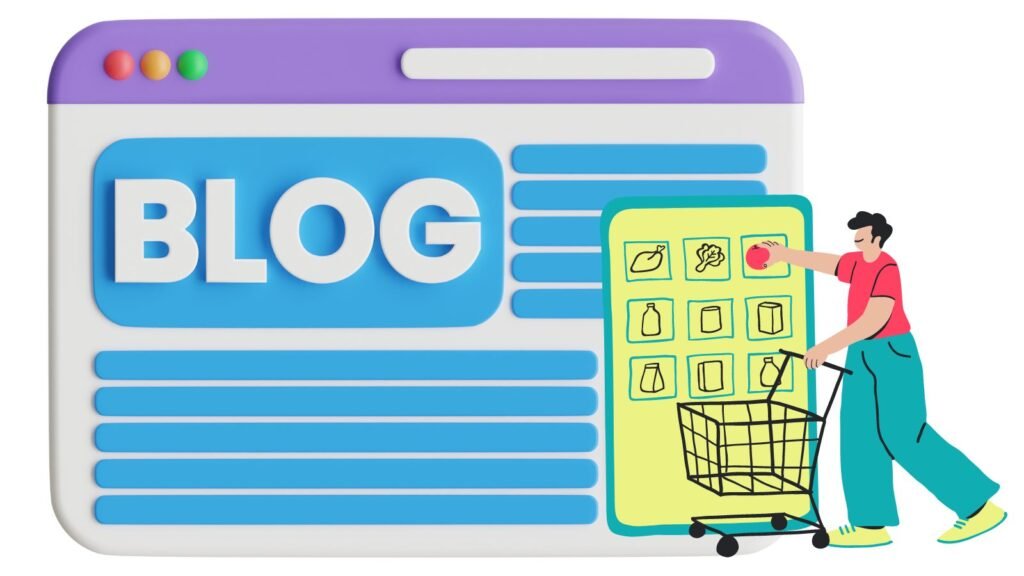
We will talk about monetizing your blog with digital or physical products, and orchestrate a symphony between your blog and products, that will resonate with the interest of your audience like never before.
In this guide, we’ll guide you to make money selling your products online. We’ll navigate through the winding paths of choosing the right products, building trust, and mastering the art of storytelling.
This blog post could be your backstage pass to behind-the-scenes magic to transform your blog into a thriving marketplace. So, let’s start
Start making 5 figure affiliate income with Super Simple Sales System
From Blog to Storefront: A Comprehensive E-Commerce Tutorial
1. Setting The Stage
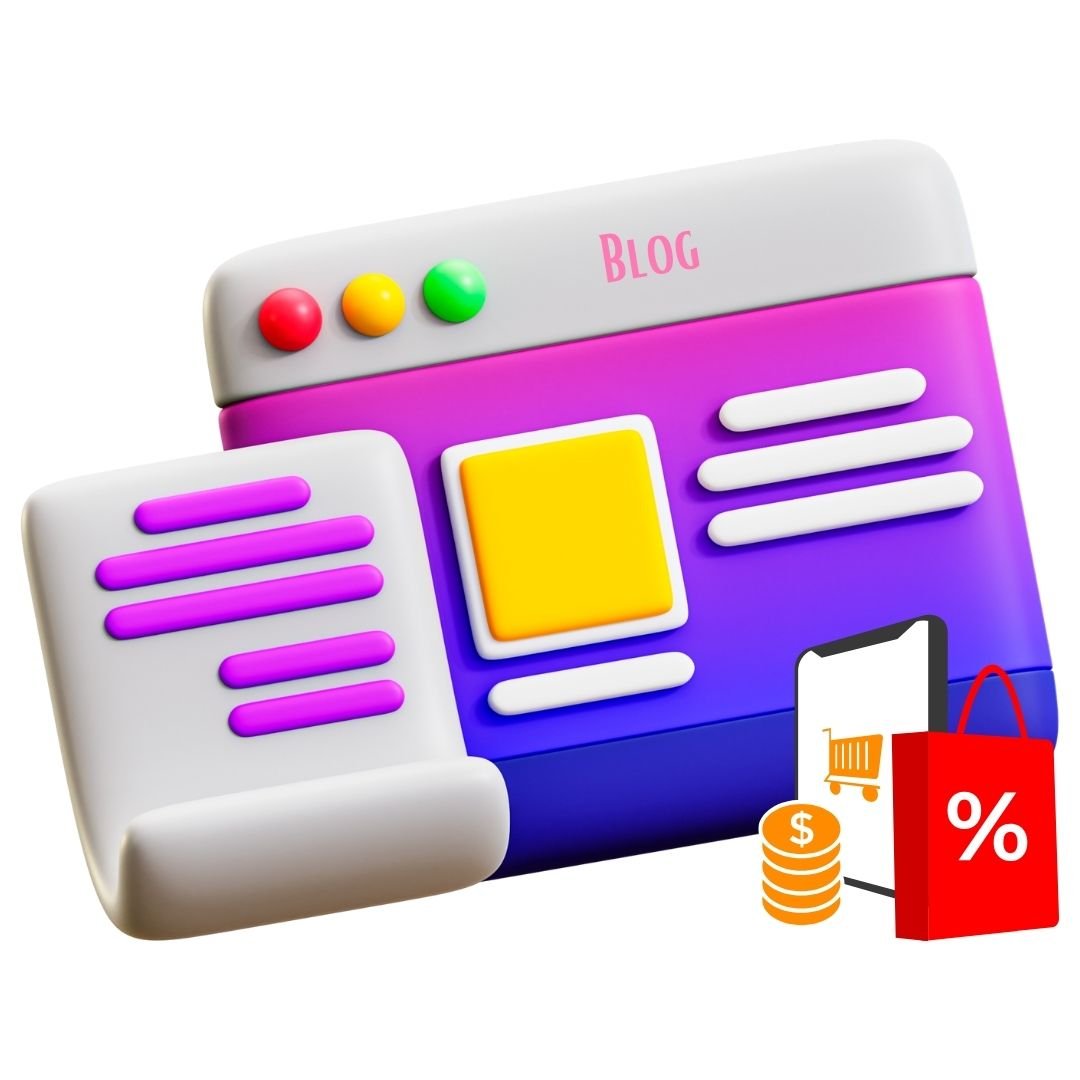
Imagine your blog as a stage, and your content as the actors captivating the audience. Now, it’s time to introduce a new character: your products.
Let’s roll out the e-commerce red carpet! This isn’t a sudden entrance; it’s a gradual integration, a seamless fusion of entertainment and utility.
Consider creating anticipation through teasers or sneak peeks within your blog content. Mention upcoming products casually, like dropping breadcrumbs leading your readers to an exciting revelation.
Don’t just directly launch and pitch the product to your audience on one moon day, instead, plant the seed of curiosity, making them eager to see what surprises await them in your virtual storefront.
2. Know Your Audience

Before you start throwing products around like confetti, get to know your audience.
Try to what makes them tick, and what are their pain points. Understanding your readers is like having a secret map toward buried treasure.
You may engage with your readers through surveys or polls, asking them directly about their interests and needs. Also make efforts to recognize their desires, fears, and aspirations.
Create a dialogue, make them feel heard, and build a community where everyone has a role to play. The more you know your audience, the better you can tailor your product offerings to meet their expectations.
Your audience is the director of your e-commerce play, and their preferences should guide your product selection.
Start making 5 figure affiliate income with Super Simple Sales System
3. Choose Your Niche Wisely

E-commerce is a vast ocean, to succeed you need to find your island in it.
Pick a niche that aligns with your blog’s theme. Selecting a niche is like choosing the genre of your blog’s blockbuster movie.
If your blog is all about pet care, selling artisanal dog treats makes more sense than offering high-tech kitchen gadgets. If your blog revolves around DIY home decor, for instance, consider niche products like custom-made furniture or unique wall art.
The goal is to align your e-commerce venture seamlessly with your blog’s core theme, creating a natural progression that feels authentic to your audience.
4. The Art of Product Selection
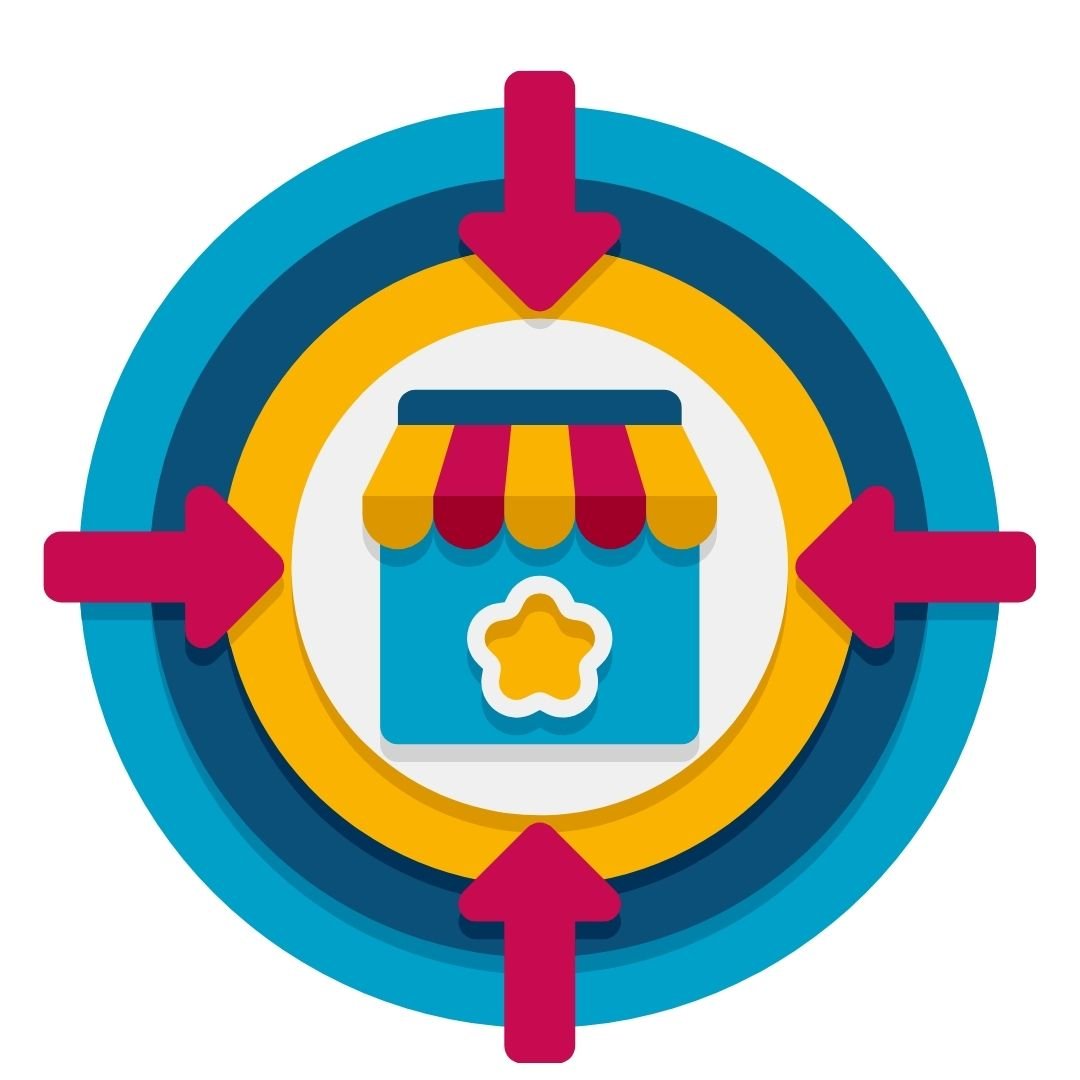
Choosing the right products is like casting the perfect actors for your e-commerce play. Your products should complement with your blog’s theme, offering value and enhancing the overall experience for your audience.
Conduct market research to identify trending products within your niche. Consider not only what’s popular but also what aligns with your brand values.
Not all products are created equal. Choose items that resonate with your blog’s audience. If your blog promotes a healthy lifestyle, then selling eco-friendly fitness gear might be the right thing.
Start making 5 figure affiliate income with Super Simple Sales System
5. Seamless Integration

Now that you’ve selected your star products, seamlessly integrate them into your blog. Your readers should feel like they’ve discovered hidden gems rather than stumbled upon a pushy sales pitch.
Use eye-catching visuals, strategically placed CTAs (Call to Action), and compelling storytelling to introduce and highlight your products without disrupting the overall user experience.
You may create dedicated product pages that feel like an extension of your blog, maintaining a cohesive design and tone.
The key is to make your audience feel like they’ve discovered these products naturally while exploring your blog, not stumbled upon an overt sales pitch.
6. The Power of Storytelling

Every product has a story. Share it! Whether it’s the inspiration behind a handmade soap or the journey of creating a unique piece of jewelry, stories add a personal touch and create a connection with your audience.
Incorporate storytelling into your blog posts, weaving narratives that seamlessly introduce your products. Share behind-the-scenes glimpses, anecdotes, or even customer testimonials.
Make your audience feel emotionally connected to your products, transforming a mere transaction into a memorable experience.
Start making 5 figure affiliate income with Super Simple Sales System
7. Building Trust

Trust is the currency of e-commerce, and building it requires more than just a polished storefront. Be transparent about your products, offer excellent customer service, and showcase customer testimonials. A trustworthy blog is a trustworthy storefront.
Address the concerns of customers openly and promptly. If an issue arises, handle it with professionalism and a customer-centric approach.
Trust is a delicate flower – nurture it through consistent reliability, transparency, and a commitment to exceeding customer expectations.
8. Embrace User-Friendly Design

Imagine you visiting a cluttered, confusing blog with products scattered like a yard sale. Not appealing, right? Invest time in creating a clean, user-friendly design that guides visitors effortlessly from blog post to product checkout.
Ensure that your product pages are clean, visually appealing, and easy to navigate. Integrate a user-friendly search function, allowing visitors to find products quickly.
The goal is to create an environment where visitors can enjoy a seamless transition from reading your blog to exploring and purchasing your products.
Start making 5 figure affiliate income with Super Simple Sales System
9. Mobile Optimization
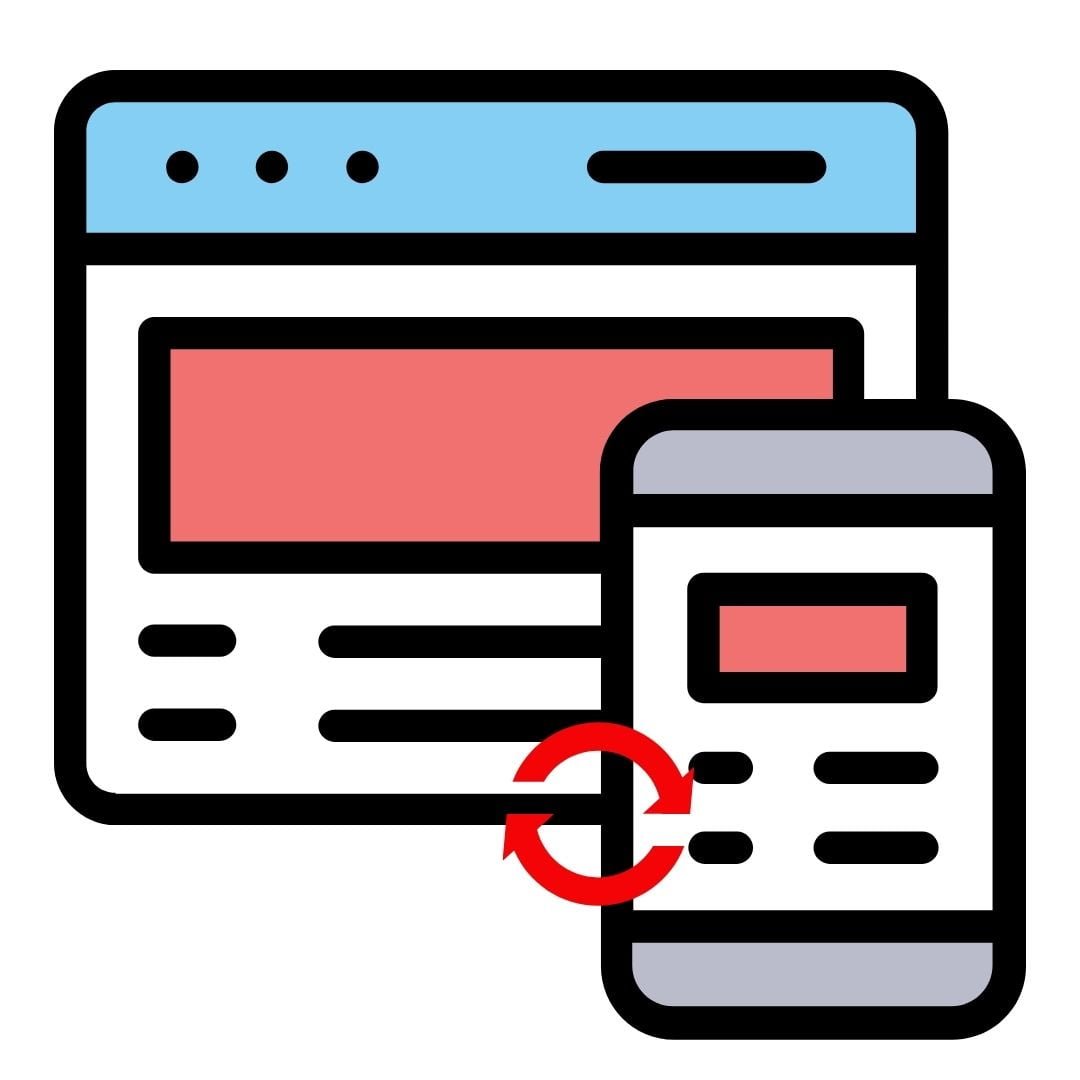
We live in a world where people shop on their phones while waiting for coffee.
Ensure your e-commerce setup is mobile-friendly, such that every aspect of your e-commerce platform functions flawlessly on smartphone and tablet devices. A seamless mobile experience means more sales on the go.
The key is to create an immersive experience where your blog and e-commerce venture coexist harmoniously.
From responsive design to easy navigation and swift checkout processes, make the mobile experience as enjoyable and efficient as the desktop version.
Your audience should feel like they are not just consumers but active participants in the unfolding story of your blog’s evolution into a vibrant online marketplace.
Crafting Commerce: Monetizing Your Blog Through Product Sales
1. Pricing Strategies
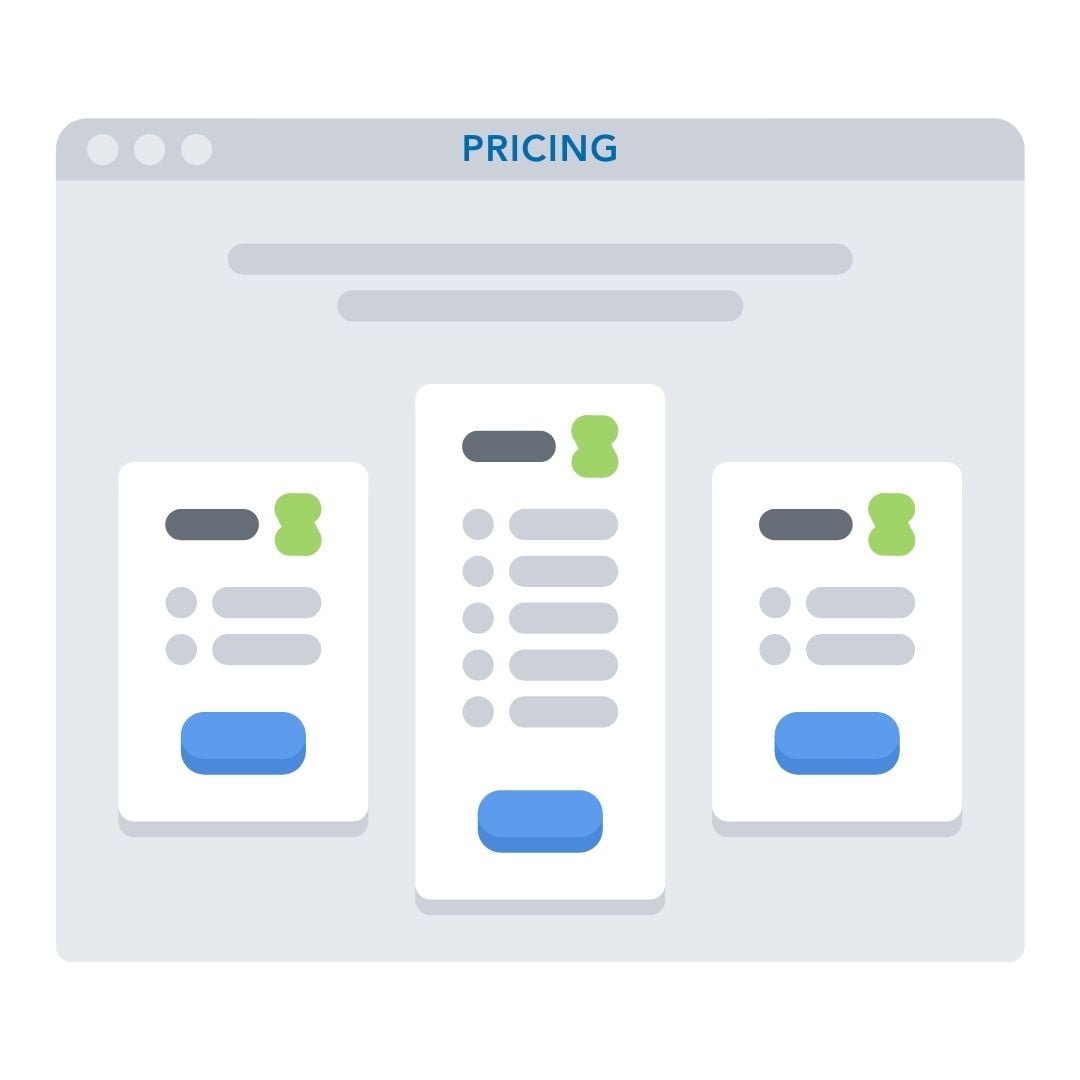
It’s time to talk numbers. Set prices that reflect the value of your products and align with your audience’s expectations. Consider bundling items for a discount or offering limited-time promotions to spark interest.
Setting the right price isn’t just about covering costs. You also need to consider –
- The perceived value of your products.
- What makes them unique?
- How do they solve a problem or enhance your audience’s life?
Now, align your prices with the perceived value, ensuring customers feel they are getting more than their money’s worth.
You may also consider creating product bundles. This not only adds value for your customers but also encourages them to buy more.
Everyone loves a good deal. You may also create a sense of urgency by introducing limited-time promotions.
Start making 5 figure affiliate income with Super Simple Sales System
3. Payment Gateways Made Simple

Don’t let the word “gateway” intimidate you. Choose a payment system that suits your audience and integrates smoothly with your blog, you need to prioritize user-friendliness.
Opt for platforms that your audience is comfortable with. Whether it’s PayPal, Stripe, or a familiar credit card system, the smoother the payment process, the higher the likelihood of completing a purchase.
Also, ensure that the financial information of the customer is secure. Highlight the security features of your chosen payment gateway.
Trust is paramount in e-commerce, and a secure payment process builds confidence among your audience, increasing the chances of successful transactions.
4. Shipping Woes? Address Them!

Shipping nightmares can turn a happy customer into a frustrated one. Be clear about shipping costs, delivery times, and tracking options. Surprise fees are never a pleasant plot twist.
Surprise fees at checkout are a surefire way to lose customers. Clearly display shipping costs on product pages or in the cart. If possible, offer free shipping or promotions for orders above a certain value to sweeten the deal.
Avoid setting unrealistic delivery expectations. If your products take time to craft or ship, communicate this clearly to your customers.
Once a purchase is made, keep customers in the loop. Provide tracking information and updates on their order’s journey. This not only builds anticipation but also reduces anxiety about whether their purchase is on its way.
Start making 5 figure affiliate income with Super Simple Sales System
5. Customer Support: The Unsung Hero
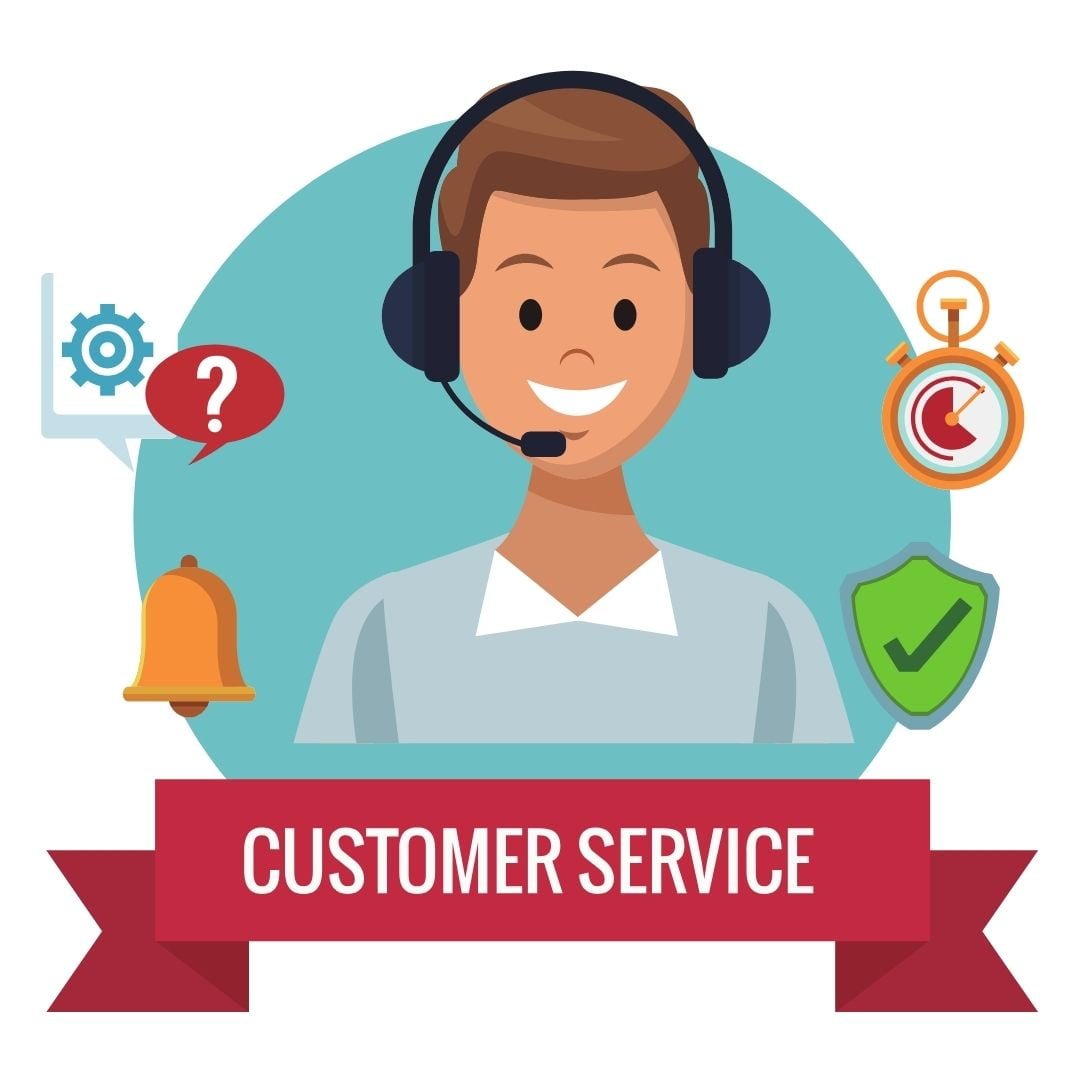
Customer support is the backbone of any successful e-commerce venture. Respond promptly to customer inquiries.
Whether it’s a question about product features or a concern about an order, swift responses show that you value your customers’ time and are committed to their satisfaction.
Imagine your blog as a restaurant. Your products are the dishes, and customer support is the friendly waiter. Excellent service leaves a lasting impression. Respond promptly to inquiries, address concerns, and turn unhappy customers into loyal fans.
Treat your customers like VIPs. Personalize your interactions and show empathy towards their concerns. If an issue arises, go the extra mile to resolve it. A satisfied customer is not just a one-time buyer but a potential advocate for your brand.
6. Marketing Magic

Your blog is the stage, and your products are the stars, but what’s a show without an audience? Utilize social media, email newsletters, and even collaborations with other bloggers to spread the word about your fantastic products.
You can send engaging email newsletters to your subscribers that go beyond mere product promotion. Share stories, tips, and exclusive content.
Build a connection with your subscribers, making them look forward to your emails. Slip in product promotions naturally, making it a seamless part of your content.
You may also collaborate with fellow bloggers or influencers in your niche. Collaborative efforts amplify your reach and introduce your products to a new audience.
Whether it’s a joint giveaway, guest blog posts, or shared promotions, partnerships can be a powerful marketing tool.
Start making 5 figure affiliate income with Super Simple Sales System
7. Track, Analyze, Optimize

Don’t be in the dark about your e-commerce performance. Use analytics tools like Google Analytics or platform-specific metrics to track key data.
Understand which products are popular, where your traffic is coming from, and how visitors behave on your site.
Numbers don’t lie. Analyzing data helps you know which products are flying off the virtual shelves. What marketing strategies are working? Analyze the data, tweak your approach, and watch your sales soar.
Based on your data analysis, optimize your website for conversions. Analyze user behavior to identify potential roadblocks in the buyer’s journey.
Make tweaks to your website layout, product placement, or checkout process based on data-driven insights to improve your conversion rates.
8. The Power of Feedback

Feedback is your secret weapon. Encourage customers to share their thoughts and experiences. Positive feedback serves as testimonials, while constructive criticism helps you refine your products and services.
You may offer incentives for leaving reviews. It could be a discount on their next purchase, entry into a giveaway, or exclusive access to a product launch.
Incentives not only motivate customers to share their thoughts but also create a sense of community around your brand.
View feedback as a roadmap for improvement. Regularly analyze customer comments and ratings. If a common theme emerges, whether positive or negative, use it to refine your products, services, or overall customer experience. Continuous improvement is the key to long-term success.
Start making 5 figure affiliate income with Super Simple Sales System
9. Scaling Up

As your e-commerce venture gains momentum, consider expanding your product line. Analyze your best-sellers and explore complementary products.
If your blog started with handmade agarbattis, maybe it’s time to introduce custom agarbatti holders or scented accessories. Keep evolving to keep your audience engaged.
Amplify your reach by collaborating with influencers in your niche. Influencers bring credibility and exposure to your brand.
Choose influencers whose values align with your brand, ensuring a genuine connection with their audience.
Start making 5 figure affiliate income with Super Simple Sales System
Congratulations, blogger-turned-retailer! Now that you know how to make money selling your products online, implement these strategies to transform your blog into a thriving e-commerce hub.
By integrating products seamlessly into your blog’s them, building trust, and embracing marketing magic, you’ve crafted a compelling narrative that keeps your audience coming back for more.
So, go ahead, take a bow, and revel in the success of your e-commerce masterpiece!